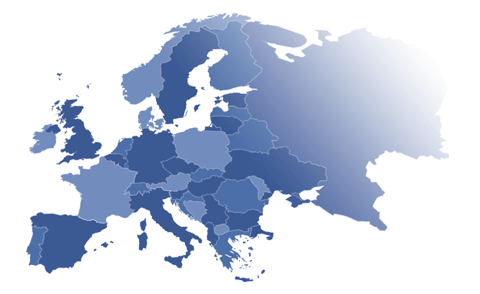Pneumonia
Pneumonia is a lung infection caused by bacteria, viruses, fungi or parasites, which presents symptoms such as dry or phlegm cough, high fever and shortness of breath. The most common pneumonias are those caused by bacteria (bacterial pneumonia), mainly by Read more








